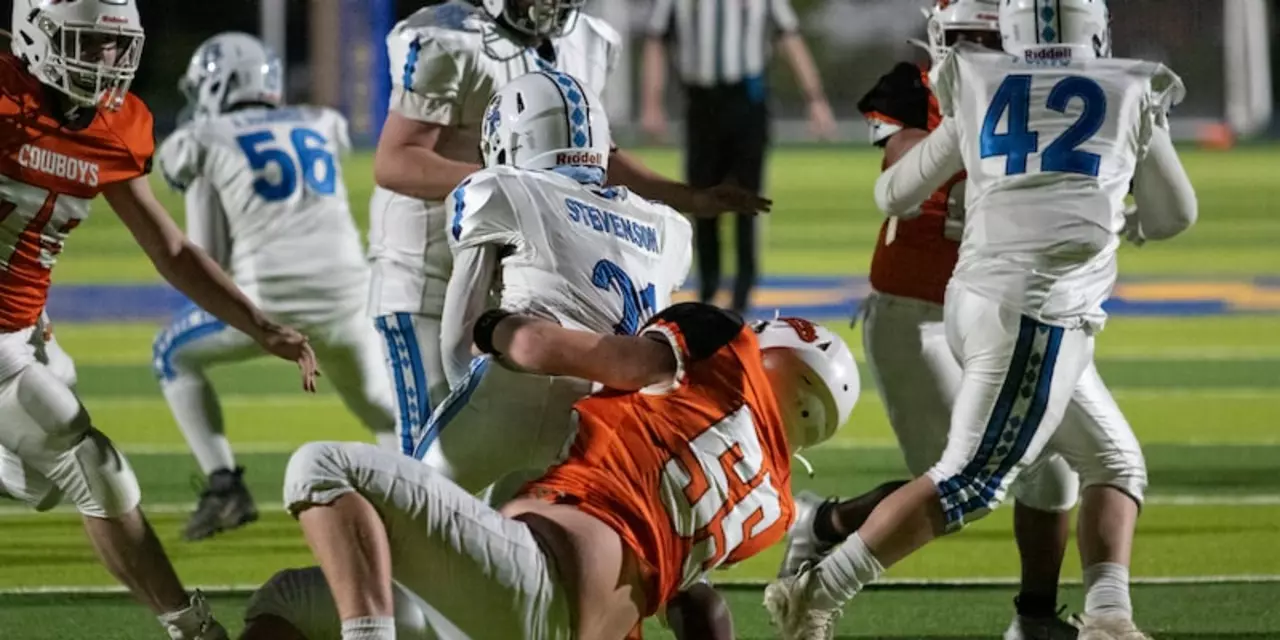Practice in Sports – Why It Matters
When you hear the word practice, the regular, focused activity athletes do to improve skills, fitness and game sense. Also known as training, it is the engine behind every win. Coaching, the guidance provided by experienced mentors to shape practice sessions adds direction, while drills, specific repeatable actions designed to target weak spots give athletes the chance to repeat and refine moves. Together, these elements create a feedback loop: practice builds skill, skill boosts confidence, confidence fuels better performance on game day. This connection shows why a solid practice routine is a must for any club, school team or solo trainer.
Key Parts of an Effective Practice Routine
First up, training, the broader plan that schedules workouts, recovery and nutrition. A good training plan outlines the volume (how many hours), intensity (how hard) and specificity (what sport) for each week. Next, coaching, the expertise that translates training goals into daily drills and game scenarios shapes the session flow: warm‑up, skill work, tactical work, cool‑down. Then come the drills, targeted exercises like passing circuits for football or swing drills for baseball. Drills are the building blocks that let players rehearse movements under pressure. Finally, skill development, the measurable improvement in technique, decision‑making and physical ability tracks progress through stats, video review or simple checklists. The semantic triple here is clear: Practice encompasses training, training requires coaching, and coaching influences skill development. When these pieces click, athletes move from “I can try” to “I can execute” with consistency.
Our collection below shows how practice plays out across different sports and scenarios. You’ll find a mix of stories – from why LA still fights for an NFL team, to the role of luck in team sports, and even debates about showboating after a practice session. Each article ties back to how athletes prepare, adjust and showcase what they’ve learned on the field. Dive in to see real‑world examples of practice shaping outcomes, whether it’s a young actor rehearsing a role or a guard balancing military duty with college soccer. Let these pieces give you fresh ideas to fine‑tune your own practice routines and boost performance across the board.
The NFL practice week contains six days of practice. Teams are allowed to hold one practice session per day, with no more than four hours of on-field activities. There are various types of practices, such as walkthroughs, meetings, and full pads. The league also mandates two days off, which teams typically use to give players rest and recovery time. Overall, teams in the NFL will practice for four to five days per week.

 Sports News
Sports News